Labor and Union Relations
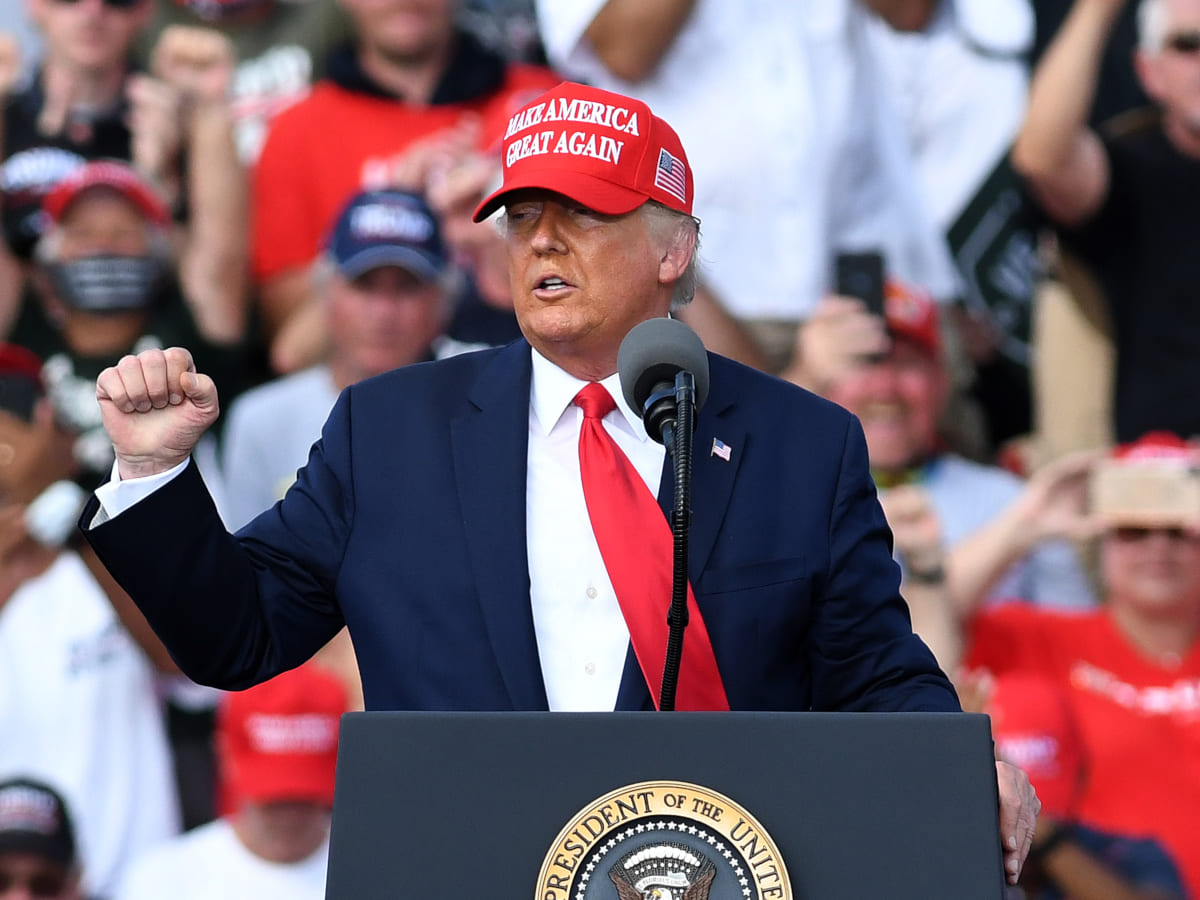
Trump’s approach to labor and union relations often leaned towards deregulation and reduced union influence. His administration favored policies that promoted business flexibility over union demands, including efforts to limit collective bargaining power and roll back some labor protections. Trump supported changes to labor laws aimed at reducing union power and emphasized right-to-work laws, which can weaken union membership.
His focus was on creating a business-friendly environment, potentially at the expense of union and citizen strength. While his policies aimed to boost economic growth and job creation, they also sparked debates over labor rights and union effectiveness. Under Trump, expect a landscape where business interests and deregulation take precedence in labor relations.
Manufacturing Job Growth

Trump’s push to boost U.S. manufacturing centered on the Tax Cuts and Jobs Act of 2017, which slashed corporate tax rates from 35% to 21%. This landmark legislation aimed to make domestic production more attractive, incentivizing automakers to expand operations in the U.S. Trump argued this would lead to job growth in manufacturing hubs, particularly in the auto sector, while revitalizing struggling industries.
The tax cuts provided automakers with more capital to invest in infrastructure, equipment, and hiring. While some manufacturers responded with expansion plans, others faced criticism for not reinvesting enough of their savings into American operations. Analysts also noted that broader market trends, like automation and a global shift toward EVs, complicated the long-term impact of these policies.
Renewable Energy Plan
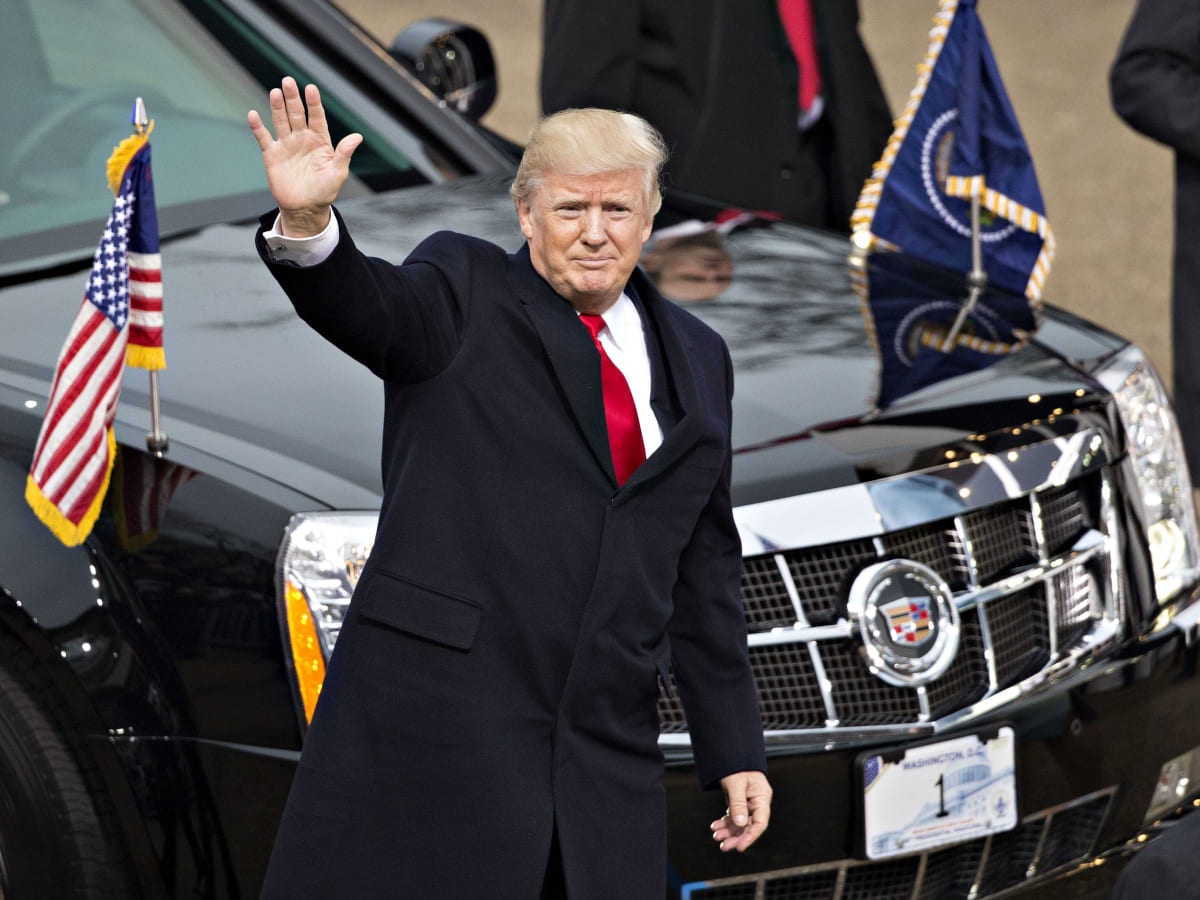
Trump’s renewable energy plan was more of a backseat driver in his administration. While his focus was predominantly on fossil fuels, there were some efforts to support renewable energy, albeit with a less aggressive approach. His administration implemented tax credits for solar and wind energy, but often clashed with green energy advocates over environmental regulations and subsidies.
Trump’s policies included reducing federal support for renewable projects and rolling back some climate change initiatives. While this might have offered a modest boost to renewable sectors, it was clear that fossil fuels remained the primary focus. Expect a future where renewable energy plays a supporting role rather than taking center stage in Trump’s energy landscape.
Incentives for Domestic Production
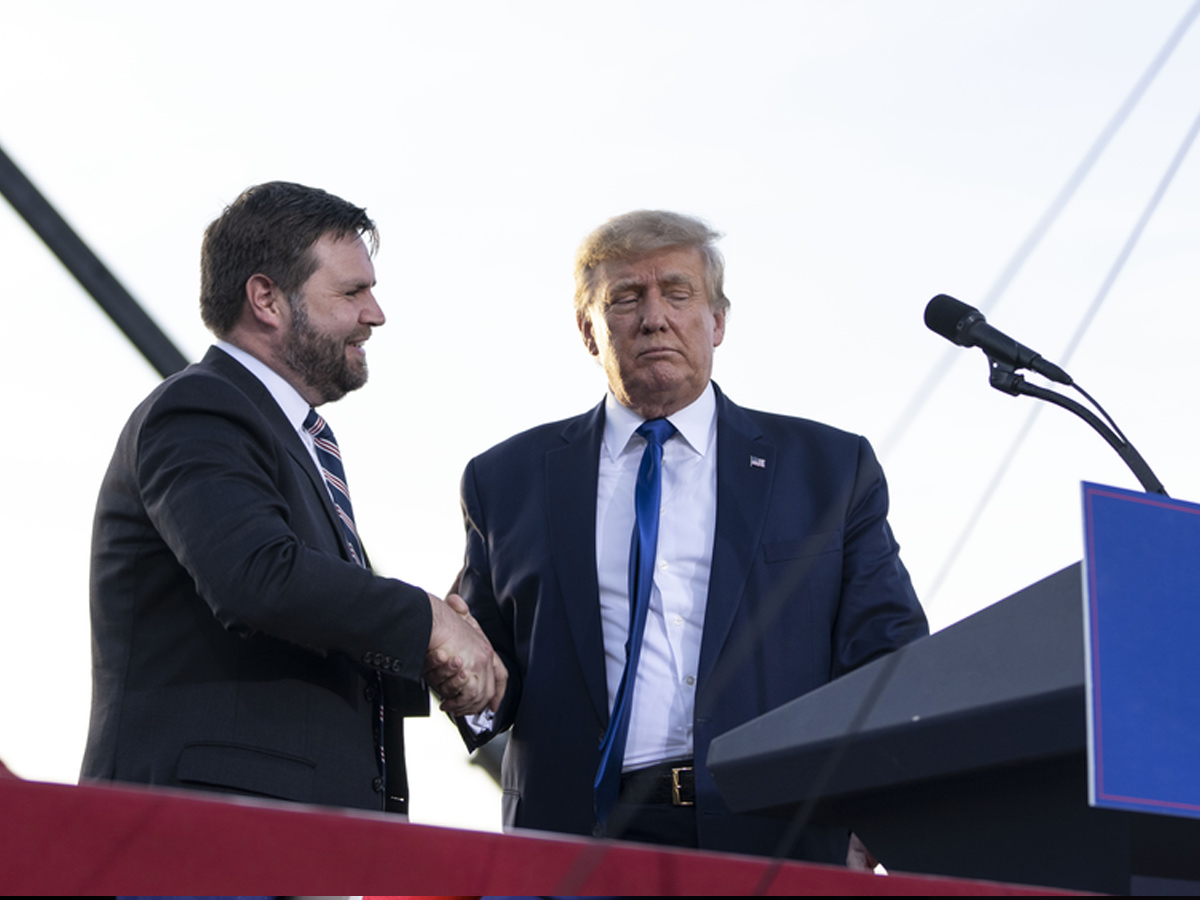
Trump’s “Buy American” initiative aimed to reinvigorate domestic auto manufacturing by implementing tariffs and trade policies designed to curb imports and incentivize U.S.-based production. His administration imposed tariffs on foreign-made cars and auto parts, with the goal of making it more expensive for foreign automakers to sell in the U.S., thus encouraging them to shift production to American soil.
By negotiating deals like the USMCA, Trump sought to raise the percentage of North American-made parts in vehicles sold in the U.S., further pressuring automakers to manufacture domestically. While these policies were meant to protect U.S. jobs and stimulate local industries, critics argue they could result in higher vehicle prices for consumers and strain relations with trade partners.
Fossil Fuels Future
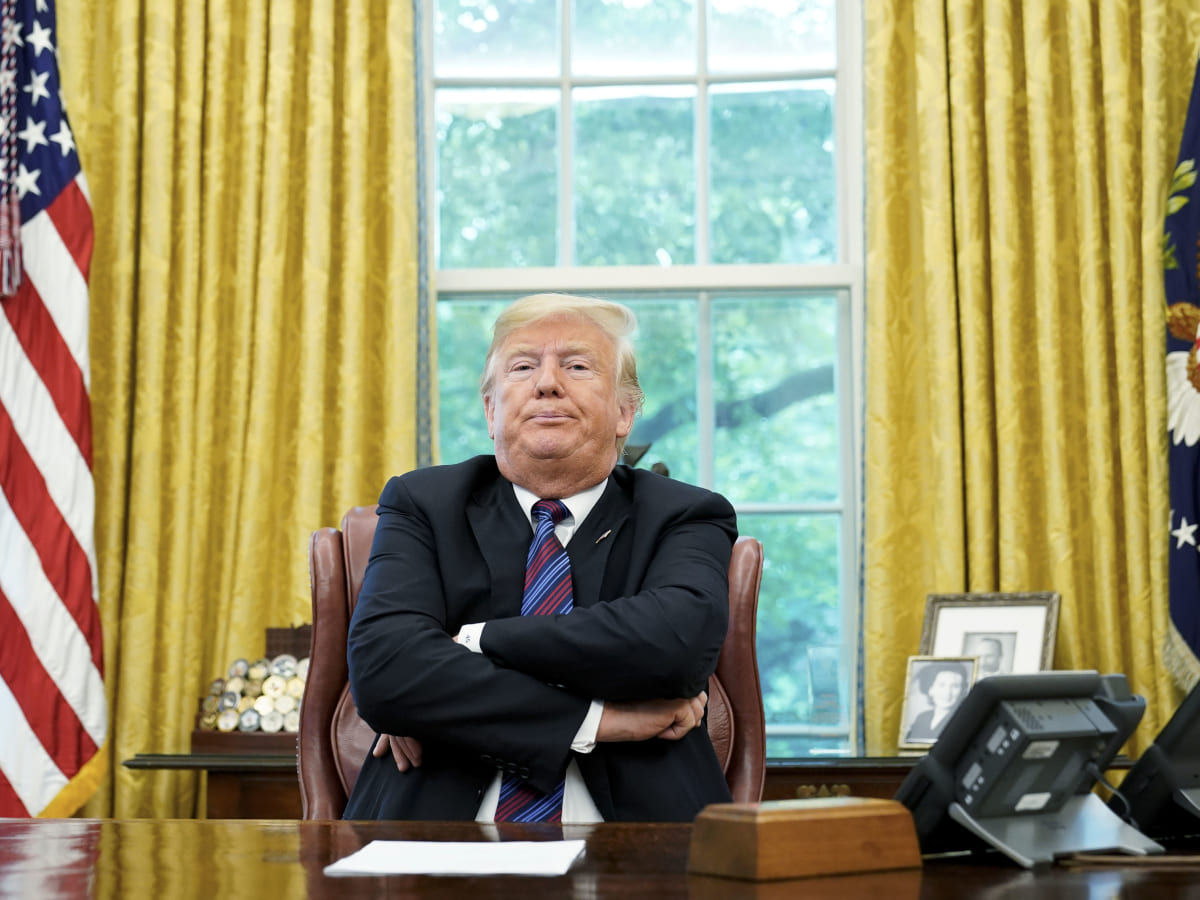
Under Trump’s vision, the fossil fuel future looks like a high-octane boost. Trump’s administration favored deregulation of the energy sector, rolling back restrictions on coal, oil, and natural gas. Expect a focus on expanding domestic drilling, fracking, and pipeline projects, all aimed at maximizing fossil fuel production and energy independence.
Trump’s policies included increasing subsidies for traditional energy sources and reducing restrictions on environmental regulations that impacted fossil fuels. While this approach could lead to lower energy costs and a boost for oil and gas industries, it may also slow the transition to renewable energy sources. Get ready for a future where fossil fuels drive the agenda, with a strong emphasis on traditional energy dominance.
Electric Vehicle Growth
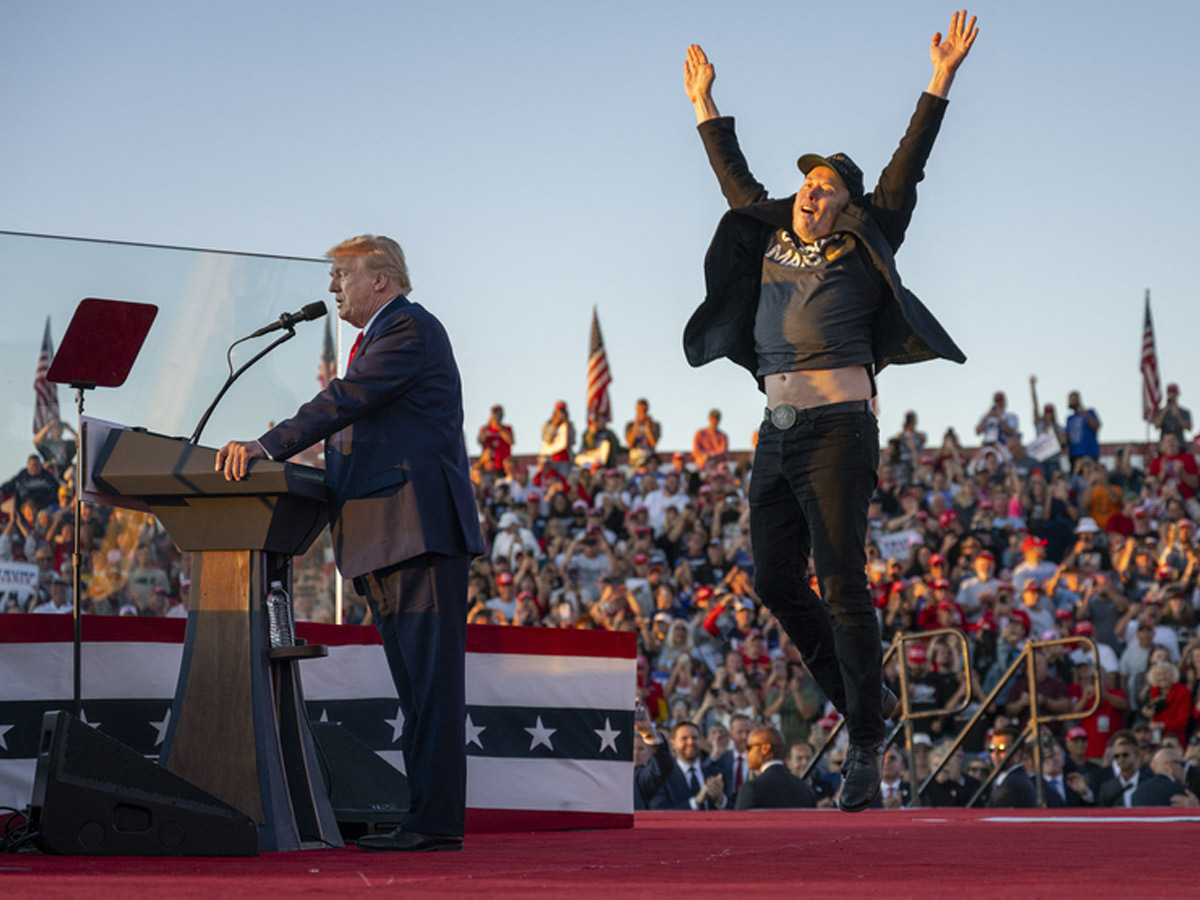
Trump’s administration acknowledged the rising importance of electric vehicles (EVs) but often placed them in the shadow of his fossil fuel agenda. The Advanced Technology Vehicles Manufacturing (ATVM) Loan Program, which had previously supported companies like Tesla and Fisker, continued to provide funding to manufacturers working on electric and hybrid vehicles.
This allowed for some growth in the EV market under Trump’s leadership, as automakers received loans to develop cleaner technologies.
However, the administration's overarching focus on fossil fuels, deregulating oil and gas industries, and rolling back environmental standards made it clear that Trump’s commitment to EVs was secondary to his support for traditional combustion engines.
While some progress was made in EV development, critics argue that the lack of stronger incentives for electric vehicle adoption left the U.S. behind in the global shift toward renewable energy and green transportation.
Tariffs and Trade Policies
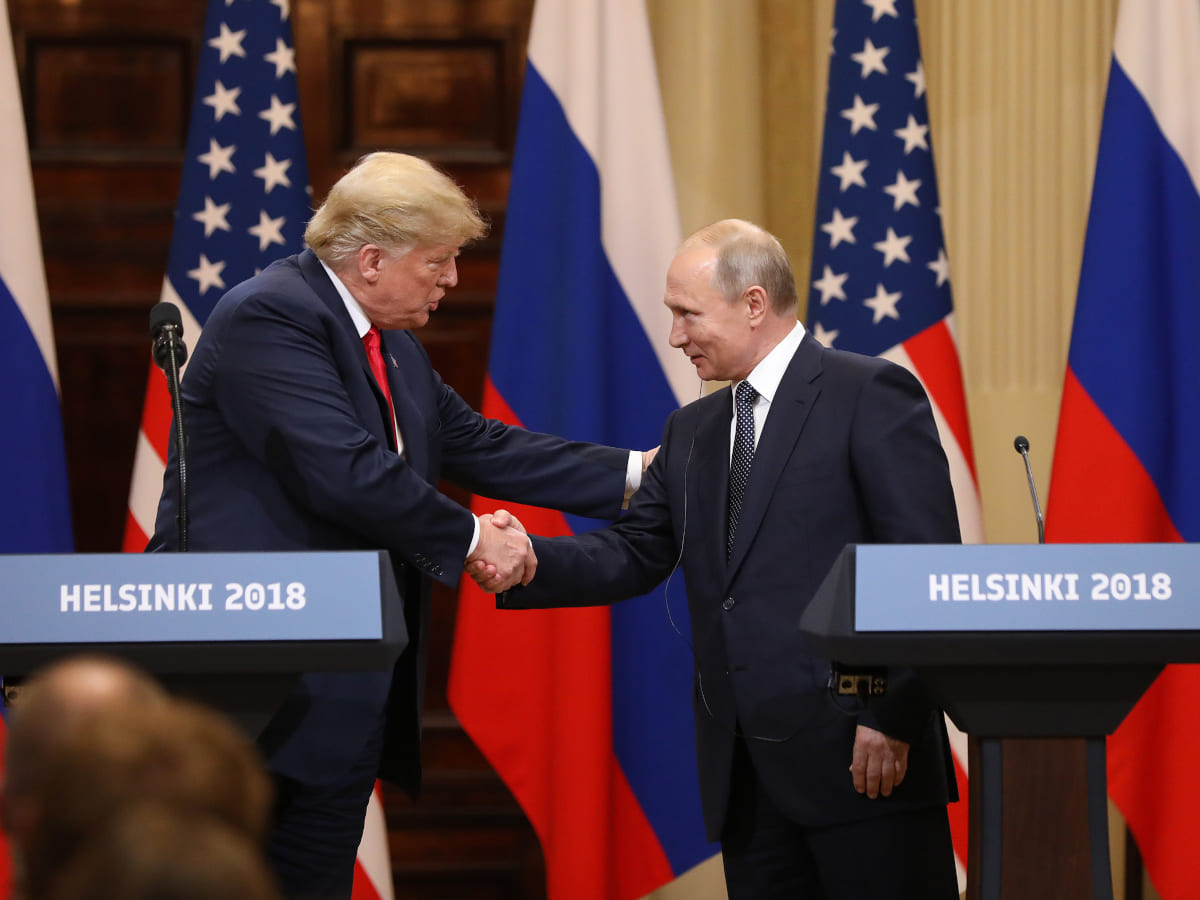
Under Trump’s presidency, the auto industry could face a turbocharged shift with his tariffs and trade policies. Trump’s “America First” stance led to significant tariffs on imported steel and aluminum, impacting car manufacturing costs and sparking trade disputes.
His administration renegotiated NAFTA, resulting in the United States-Mexico-Canada Agreement (USMCA), which aimed to boost domestic auto production by increasing regional content requirements.
These policies could benefit American manufacturers by reducing foreign competition, but they might also drive up vehicle prices and disrupt global supply chains. While this could spur a resurgence in U.S. manufacturing, it might also lead to trade tensions and increased costs for both producers and consumers.
Rebuilding the Auto Industry
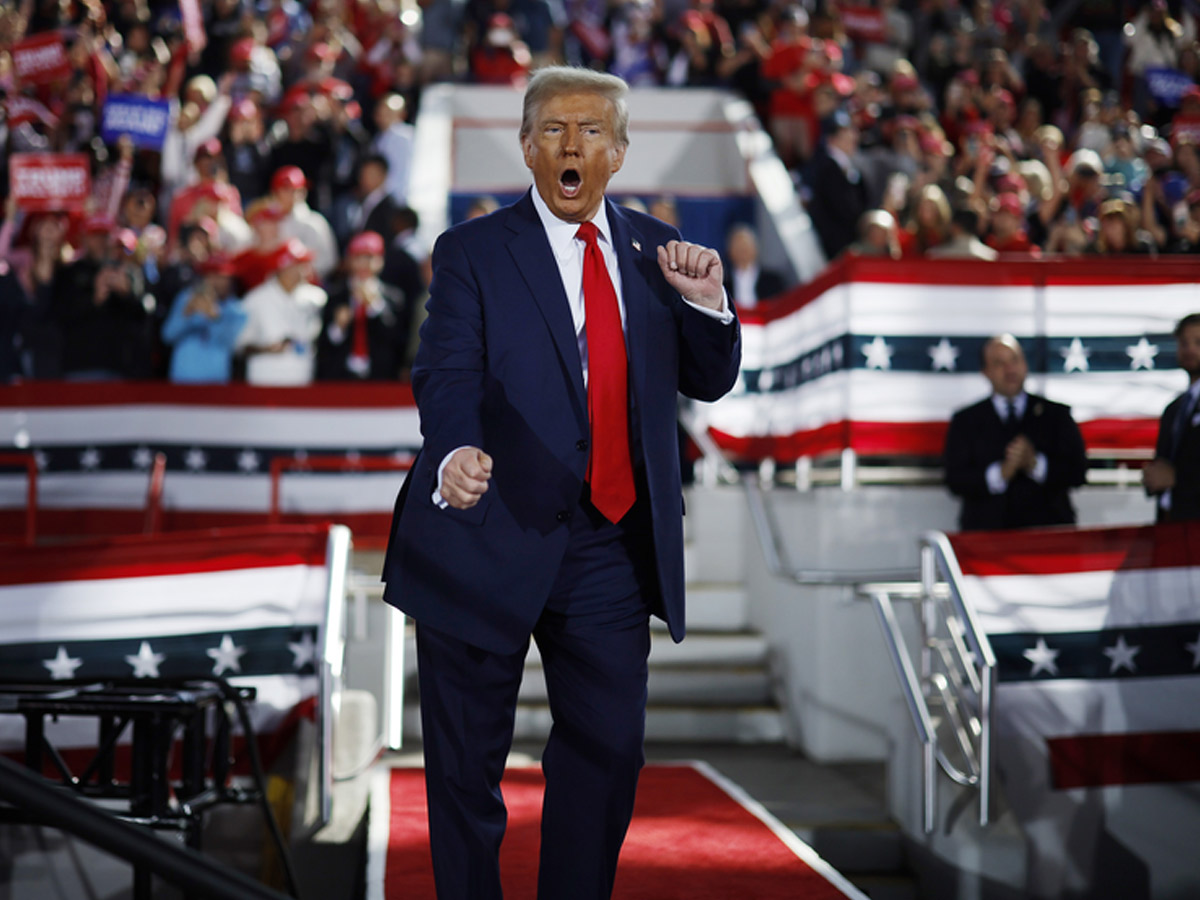
Trump’s vision for revitalizing the U.S. auto industry was built on the premise of bringing manufacturing jobs back home. His administration’s policies, particularly tariffs on foreign-made cars and auto parts, were designed to make it more financially appealing for automakers to produce vehicles within U.S. borders.
By imposing tariffs as high as 25% on imports, Trump aimed to reduce the competitive edge of foreign-made vehicles and push manufacturers to invest in American production facilities.
This “America First” approach was further reinforced through trade deals like the USMCA, which required a greater percentage of North American-made parts in vehicles sold in the U.S., thus incentivizing automakers to source and build more domestically.
While these measures were praised for their potential to create jobs, critics warned that the higher costs of production could lead to higher prices for consumers and strained relations with global trade partners.
Regulations

In a Trump presidency, the auto industry might see a throwback to its gas-guzzling glory days. Trump’s approach often involves rolling back environmental regulations, which could mean less stringent emissions standards and a boost for fossil fuels. Expect a potential revival of traditional manufacturing practices and incentives for American-made vehicles.
While this could fuel a resurgence in domestic auto production, it might also stall advancements in electric vehicles and green technology. Trump’s policies could lead to a more deregulated market, offering a less restrictive environment for conventional car manufacturing but possibly slowing the shift towards cleaner, greener alternatives.
Infrastructure Investment

Trump’s infrastructure plan promised a major overhaul of the nation’s roads, highways, and bridges, aiming to boost the U.S. economy and improve logistics. By proposing significant investments, his administration sought to address the aging infrastructure that could impact the efficiency of transportation and the auto industry.
Upgraded roads and modernized bridges would not only improve the manufacturing process but also streamline the delivery of vehicles, making the transportation of cars across the country more cost-effective and timely.
The plan emphasized public-private partnerships, aiming to stimulate investments without relying solely on federal funds. While the initiative was expected to benefit automakers by creating smoother and more reliable supply chains, critics questioned whether the plan would provide the necessary funds to truly revamp the entire infrastructure system.
Despite challenges in getting full support for the plan, Trump’s infrastructure focus underscored a commitment to modernizing transportation systems, indirectly benefiting the automotive sector by creating a more robust environment for vehicle production and distribution.
 Author
Jennifer Freehill
Last Updated: November 18, 2025
Author
Jennifer Freehill
Last Updated: November 18, 2025